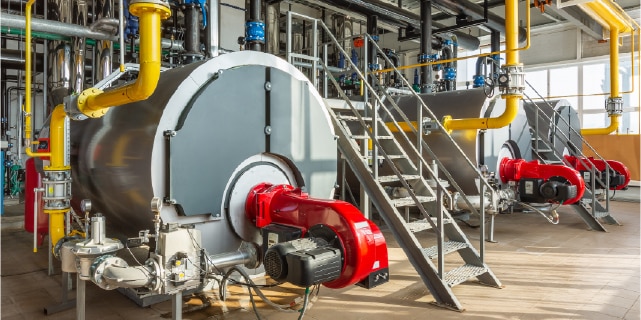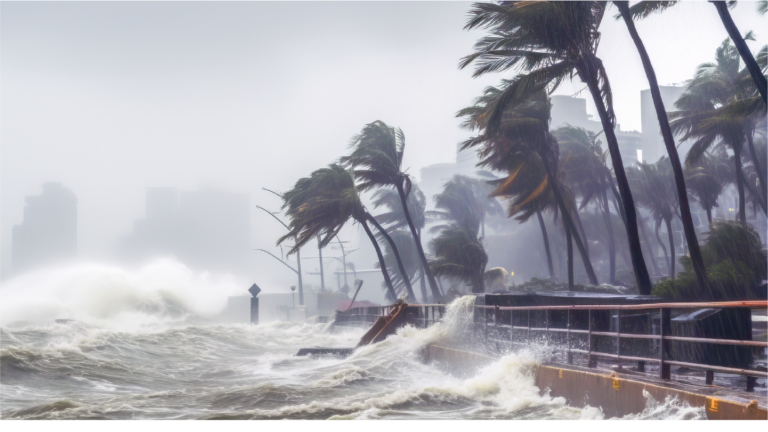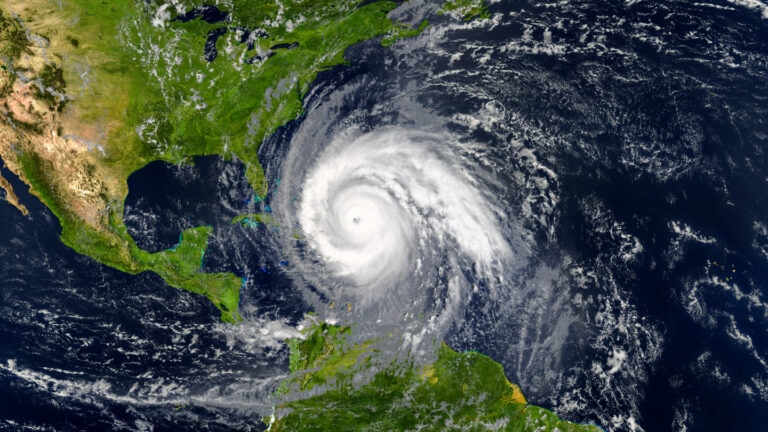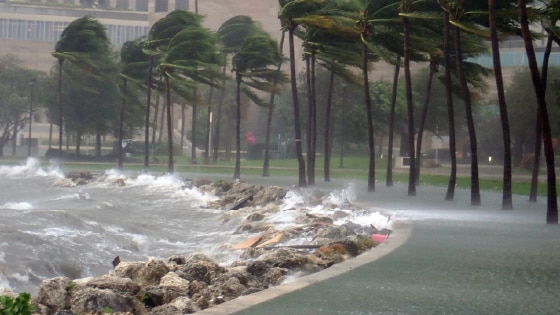
The problem with carbon monoxide
Carbon monoxide (CO) has no odor, color, or taste, making it a silent killer. Dangerous concentrations of CO can build indoors unbeknownst to personnel until they become ill. More alarming, personnel usually dismiss early symptoms of CO poisoning because they are like the flu. Couple flu-like symptoms with the COVID-19 pandemic and consequences could be detrimental.
Boiler room safety
Our Liberty Mutual Equipment Breakdown field engineers visit more than 20,000 locations annually, many with no CO detector in the boiler room. Although many jurisdictions do not mandate the installation of one, this is good engineering practice that may save your life.
The Centers for Disease Control and Prevention (CDC) estimates that approximately 430 people die from unintentional CO exposure in the Unites States every year and approximately 50,000 visit the emergency room each year (CDC.gov January 18, 2022).
Keeping vents/flues tight and free from debris is a good start at preventing fumes from escaping into the room or building, but it is also important to consider:
- Boiler maintenance. Ensure your boiler is in good working operation. Always have qualified personnel calibrate the burner and check combustion equipment for optimal performance.
- Combustion air. Ensure that combustion air is supplied in accordance with jurisdictional guidelines. When no guidance is provided by the jurisdiction, reference NBIC, Part 1, Paragraph 1.6.6.
- Combustion air inlet. Must be kept free of any debris or dust particle build-up; where moveable louvered intakes exist, the actuating mechanisms should be clean and operate freely.
- Fans or blowers. Keep intakes free of particle build-up and debris.
Who is exposed?
CO does not discriminate: private as well as commercial buildings can be exposed. In schools, universities, hotels, restaurants, manufacturing, and other businesses, the exposure is very likely to exist. Our field engineers are constantly monitoring such conditions, in addition to all other jurisdictional inspection activities, and make recommendations when abnormal conditions are found.
What if you don’t have a boiler?
The source of elevated CO levels does not have to come from an actual boiler. Any combustion piece of equipment, including portable, can potentially be the source if it’s not maintained and used properly.
Ensure your equipment is properly maintained and seek professional help when repairs are needed. Know the symptoms of CO poisoning, which may be confused with flu-like symptoms such as:
- Profound weakness and tiredness
- Headache, achy muscles, and/or tight chest
- Dizziness and confusion
- Blurry vision or vomiting
- Bright-red, flushed face
If you suspect anyone has CO poisoning symptoms, move the personnel into fresh air if it can be done without jeopardizing the safety of others. Call 911 immediately to seek medical attention. Turn off the boiler or source of CO if it can be done safely and by a qualified operator.
Visit our Equipment Breakdown page to learn more about protection for essential systems and equipment.
Featured insights
This website is general in nature, and is provided as a courtesy to you. Information is accurate to the best of Liberty Mutual’s knowledge, but companies and individuals should not rely on it to prevent and mitigate all risks as an explanation of coverage or benefits under an insurance policy. Consult your professional advisor regarding your particular facts and circumstance. By citing external authorities or linking to other websites, Liberty Mutual is not endorsing them.



